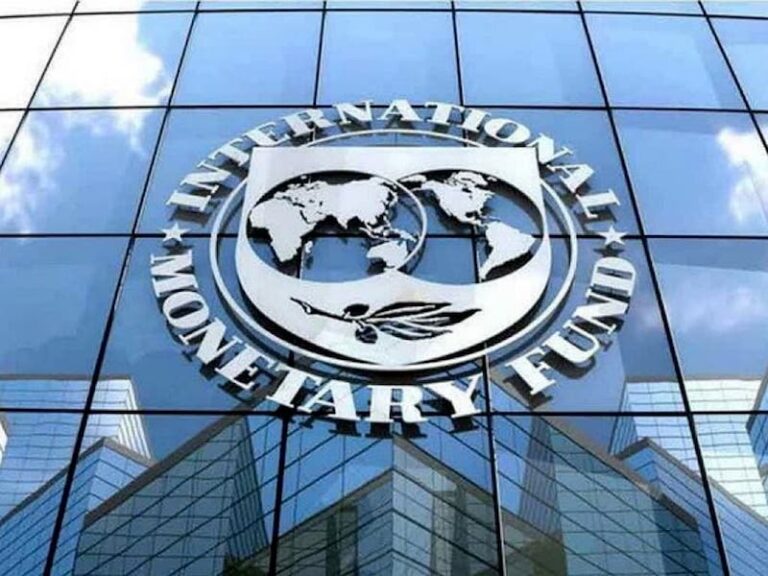Many African countries are turning to the International Monetary Fund (IMF) to support their weak economies and manage growing financial problems. While these loans help with stability, they also increase national debt.
As of October 2025, several African nations owe billions of dollars to the IMF. This shows how much they depend on external help to keep their economies running.
Below is the list of the top 10 African countries with the highest IMF debt, based on the most recent data:
1. Egypt – $6,894,559,187
Egypt sits firmly at the top of Africa’s IMF debt chart with almost $6.9 billion owed.
This reflects Cairo’s heavy reliance on IMF funding to stabilise its currency, curb inflation, and manage fiscal deficits.
Egypt’s economy, while diverse, has suffered from high import bills, dwindling foreign reserves, and a weakened pound.
Although the IMF’s interventions have provided short-term relief, they’ve also come with austerity measures such as subsidy removals and spending cuts that have intensified the cost-of-living crisis for ordinary Egyptians.
2. Côte d’Ivoire – $3,104,687,108
Côte d’Ivoire ranks second with over $3.1 billion in IMF debt.
The West African nation has long been viewed as one of the continent’s economic success stories, boasting strong agricultural exports (especially cocoa) and steady growth.
However, rising global interest rates and regional instability have pressured its finances, prompting repeated IMF engagement.
The loans help maintain currency stability within the West African Monetary Union but also constrain fiscal expansion.
3. Kenya – $3,010,249,067
Kenya owes roughly $3.01 billion to the IMF.
The country’s debt burden has risen sharply in recent years amid infrastructure expansion, declining revenues, and a weakening shilling.
The IMF has been instrumental in helping Nairobi restructure its fiscal policies, but conditions attached—such as fuel tax adjustments and subsidy reforms—have faced stiff opposition from the public.
Kenya’s challenge remains balancing macroeconomic stability with the need to protect citizens from economic shocks.
4. Angola – $2,660,908,340
Angola’s IMF debt stands at $2.66 billion, placing it fourth.
Despite being one of Africa’s largest oil producers, Angola’s economy has struggled with oil price volatility and heavy reliance on petroleum exports.
IMF programmes have sought to promote diversification, strengthen governance, and stabilise public finances.
However, persistent inequality and high external debt remain key obstacles to sustainable growth.
5. Ghana – $2,596,867,500
Ghana owes about $2.6 billion to the IMF.
Once hailed for its economic reforms, the West African nation has in recent years battled severe inflation, currency depreciation, and a debt crisis that forced it to seek IMF assistance again in 2023.
The IMF package aims to restore fiscal discipline and rebuild investor confidence, but it also demands tough spending cuts.
Ghana’s story underscores the difficult trade-off between financial stability and social welfare.
6. Democratic Republic of Congo – $1,952,850,000
The DRC holds around $1.95 billion in IMF debt.
Despite its vast mineral wealth—copper, cobalt, and gold—the country faces chronic instability, corruption, and infrastructure deficits.
IMF engagement has focused on improving governance and transparency in the mining sector.
Yet, progress has been slow, and the country’s dependence on external financing continues to grow.
7. Ethiopia – $1,593,683,500
Ethiopia’s debt to the IMF totals $1.59 billion, reflecting ongoing efforts to recover from conflict and economic shocks.
The country has embarked on ambitious reforms, including partial liberalisation of key sectors and debt restructuring efforts.
While IMF support has provided breathing space, fiscal and political uncertainties still pose significant challenges to Ethiopia’s long-term stability.
8. Cameroon – $1,246,830,000
Cameroon’s IMF debt is about $1.25 billion.
The Central African nation has maintained steady economic growth despite security threats and a high public-sector wage bill.
The IMF’s involvement focuses on fiscal transparency, tax reforms, and debt sustainability.
However, structural weaknesses—such as low industrial productivity and corruption—continue to weigh on performance.
9. Tanzania – $1,335,730,000
Tanzania owes $1.33 billion to the IMF.
Although its economy has been expanding through agriculture, mining, and manufacturing, the country has faced external shocks from global inflation and a stronger dollar.
The IMF loans support foreign-exchange stability and budgetary balance, but they also limit the government’s flexibility in pursuing expansionary policies for infrastructure and job creation.
10. Zambia – $1,132,740,000
Zambia completes the top ten with $1.13 billion owed to the IMF.
The country has struggled under the weight of external debt since defaulting in 2020, prompting a full-scale restructuring programme.
IMF engagement has been central to restoring debt sustainability and reviving investor confidence.
However, austerity measures and subsidy reductions have tested public patience as Zambia tries to balance reform with relief.

